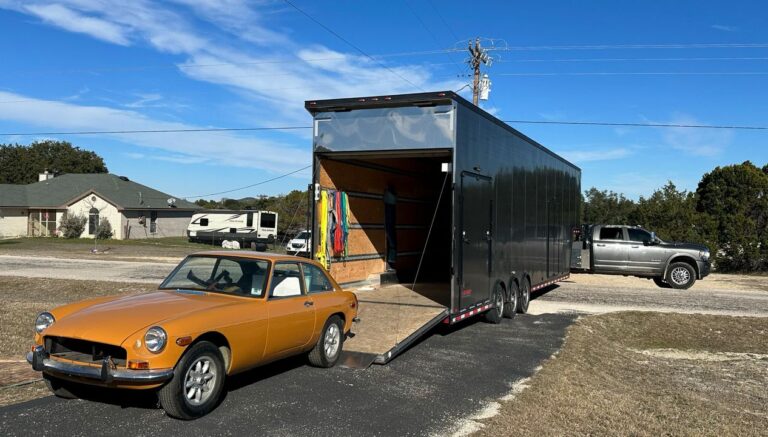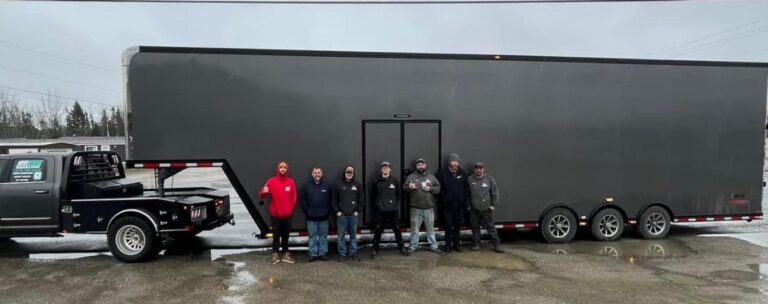Moving can be an overwhelming process, but with the right preparation and organization, it doesn’t have to be. At First Class Relocation, we want to ensure that your move is as smooth and stress-free as possible. One of the key factors in achieving this is efficient and smart packing. With our years of experience in the moving industry, we’ve gathered some essential packing tips that will help you stay organized, protect your belongings, and make unpacking easier at your new home.
1. Start Early and Create a Plan
One of the most common packing mistakes people make is underestimating how long it takes to pack everything. Start early to avoid last-minute stress and rush. Begin by creating a moving checklist that includes a timeline for packing specific rooms or categories of items. This will keep you on track and prevent you from feeling overwhelmed.
A good rule of thumb is to start packing non-essential items (such as off-season clothing or decor) several weeks before the move and save everyday items (such as kitchenware and toiletries) for last.
2. Declutter Before Packing
Moving is the perfect opportunity to take stock of your belongings and decide what you really need to bring with you. Go room by room and declutter by separating items into categories: keep, donate, sell, and discard. By purging items you no longer need, you can reduce the number of things to pack, move, and unpack. Plus, you’ll start fresh in your new home without unnecessary clutter!
3. Gather the Right Packing Supplies
To ensure your belongings are protected during transit, it’s important to have the right packing materials. Here’s a list of essentials:
- Sturdy boxes: Use small boxes for heavy items (books, tools) and larger boxes for lighter items (linens, pillows).
- Packing tape: Invest in quality packing tape to securely close boxes.
- Bubble wrap and packing paper: Use these to wrap fragile items like dishes, glasses, and electronics.
- Moving blankets: Essential for protecting furniture and large items.
- Markers and labels: Clear labeling is key to staying organized.
- Plastic bags and zip ties: Use these for small parts, screws, and hardware from disassembled furniture.
4. Pack Room by Room
Packing can feel overwhelming when you’re trying to tackle your whole home at once. Break it down by packing room by room. Start with the least used rooms, like guest bedrooms or storage areas, and work your way toward more frequently used spaces. This method will not only keep you organized, but it will also help you stay focused and make unpacking easier since everything will be grouped by room.
5. Use the Right Techniques for Fragile Items
When packing fragile items, taking the proper steps to protect them is crucial. Here’s how to do it:
- Dishes: Wrap each dish individually in packing paper or bubble wrap. Place them vertically in a box, like you would load a dishwasher, and add cushioning between each layer.
- Glasses and stemware: Wrap individually and place packing paper inside to prevent breakage. Use dividers if possible.
- Mirrors and picture frames: Use corner protectors and wrap them in bubble wrap. Pack these items vertically to minimize the risk of damage.
- Electronics: If possible, pack electronics in their original boxes. If not, wrap them in bubble wrap, place them in a box with plenty of padding, and label them as fragile.
6. Don’t Overpack Boxes
One of the most important packing tips is not to overfill your boxes. Boxes that are too heavy can be difficult to lift and increase the risk of breakage during transit. A good rule of thumb is to keep boxes under 50 pounds. For heavy items like books, use small boxes to prevent them from becoming too heavy.
7. Label Everything Clearly
As you pack, clearly label each box with the room it belongs to and a brief description of its contents. This will make it much easier when it comes time to unpack and will help movers place boxes in the correct rooms. Additionally, label boxes containing fragile items with “FRAGILE” and mark which side should be facing up.
Consider color-coding by room (e.g., using different colored labels or tape) for an even more organized unpacking process.
8. Keep Valuables and Essentials Separate
There are certain items that should stay with you during the move rather than being packed with the rest of your belongings. Keep important documents (passports, birth certificates, financial records), jewelry, and valuable electronics (laptops, tablets) with you during the move to ensure they remain safe.
Additionally, pack a “first-day” essentials box with items you’ll need immediately upon arrival, such as:
- Toiletries (toothbrush, toothpaste, soap)
- Medications
- A change of clothes
- Basic kitchen items (plates, utensils, coffee maker)
- Chargers for electronics
This box will make your first day in your new home more comfortable while you’re unpacking.
9. Disassemble Furniture and Protect It
Large furniture items are often difficult to move without disassembling them. Before moving day, take apart bed frames, desks, and tables if possible. Keep all screws and small parts in labeled plastic bags, and tape them to the corresponding furniture piece to avoid confusion later.
Use moving blankets or bubble wrap to protect larger items, such as sofas and dressers, during transit. This will prevent scratches and dings as they’re loaded onto the moving truck.
10. Utilize Space Efficiently
Make the most of the space inside each box by packing efficiently. For example, fill gaps with soft items like towels, blankets, or clothing to cushion breakable items. You can also nest smaller items inside larger ones. However, be mindful not to make boxes too heavy or unbalanced.
11. Pack Smart for the Moving Truck
When it’s time to load the moving truck, place heavier boxes on the bottom and lighter ones on top. Make sure to secure fragile items in a way that prevents shifting during transit. If you’re using a professional moving service like First Class Relocation, our team will ensure everything is packed safely and strategically to avoid damage.
12. Consider Professional Packing Services
If the thought of packing is overwhelming, or if you have specialty items that require extra care, consider using professional packing services. At First Class Relocation, we offer full-service packing options, so you can leave the hard work to us. Our experienced team will handle your belongings with care, ensuring they’re packed securely for a safe journey to your new home.
Final Thoughts: Make Packing Stress-Free with First Class Relocation
Packing for a move doesn’t have to be daunting when you’re prepared with the right strategies and tips. By starting early, staying organized, and protecting your belongings with the proper materials, you can ensure a smoother move from start to finish. And remember, if you need assistance, First Class Relocation is here to help every step of the way, whether it’s packing, moving, or unpacking.
Ready to make your move? Contact First Class Relocation today for a free quote, and let us take the stress out of your packing and moving process!











